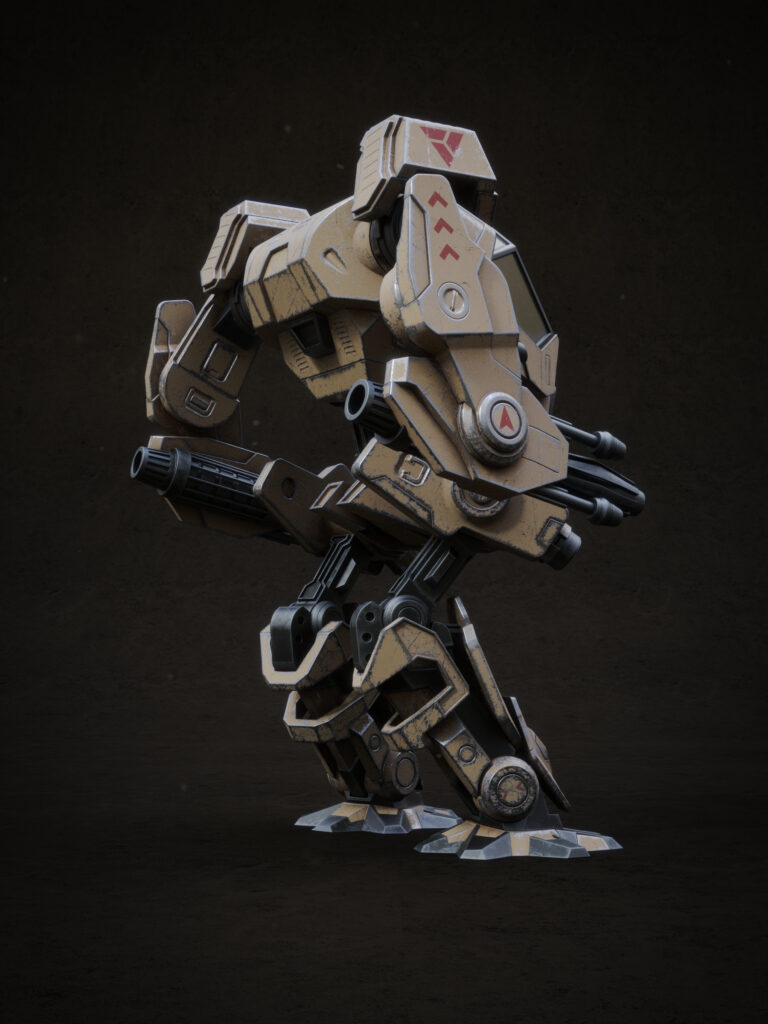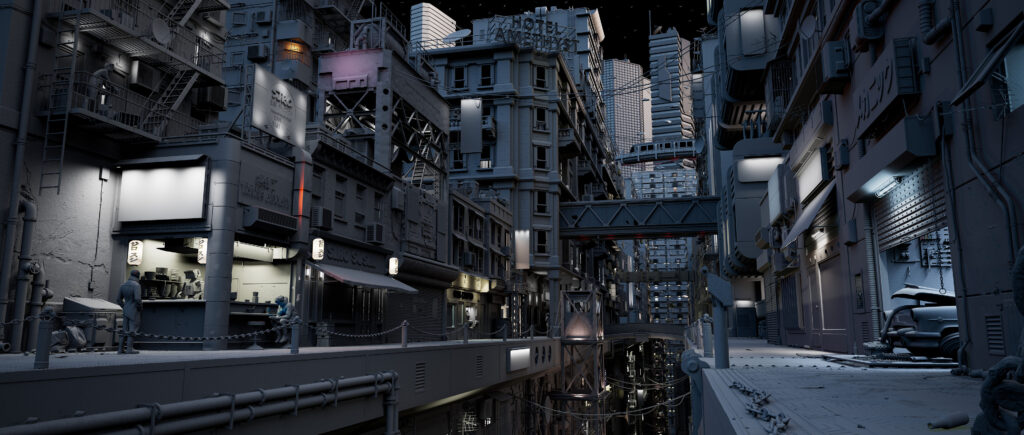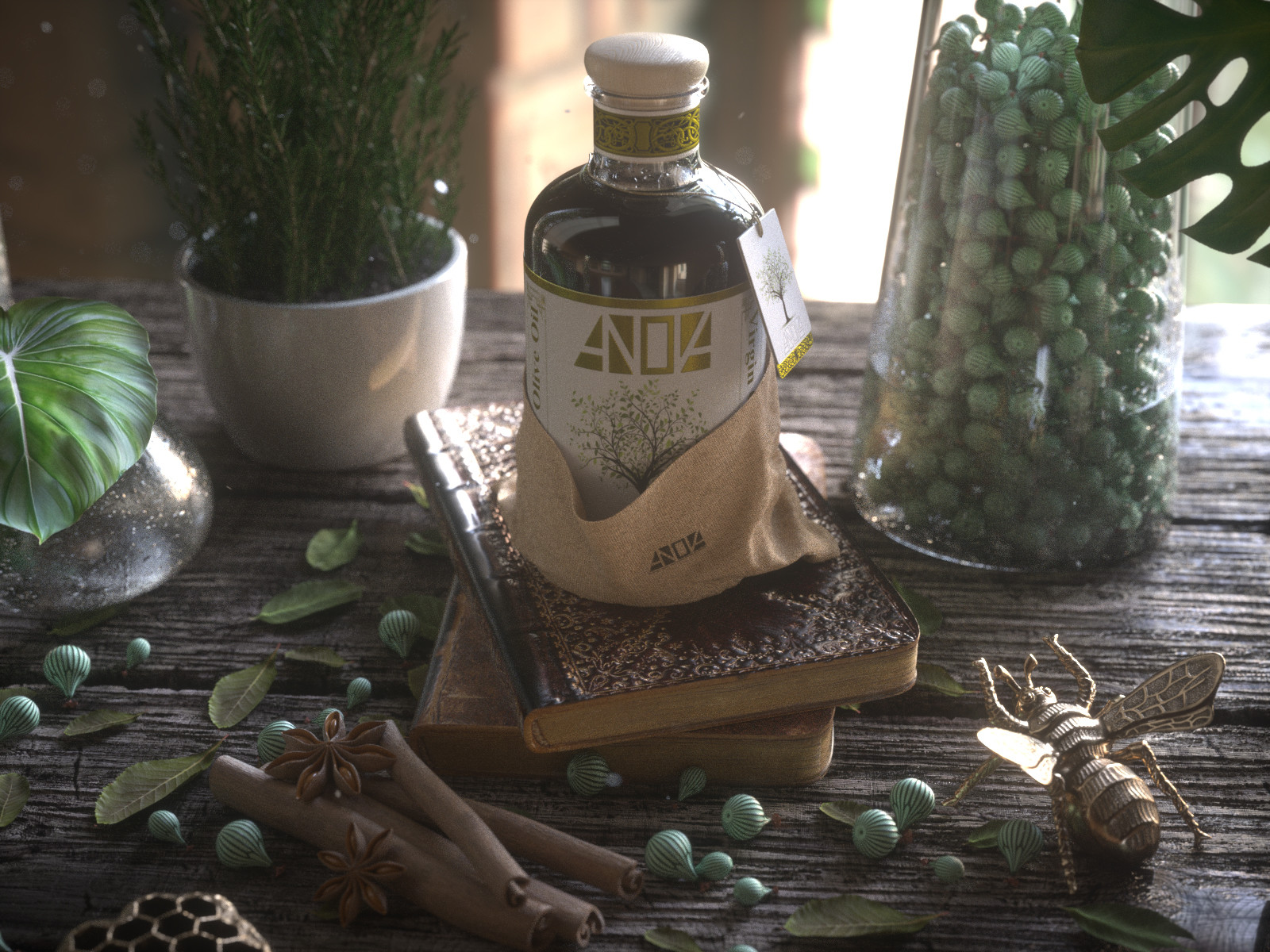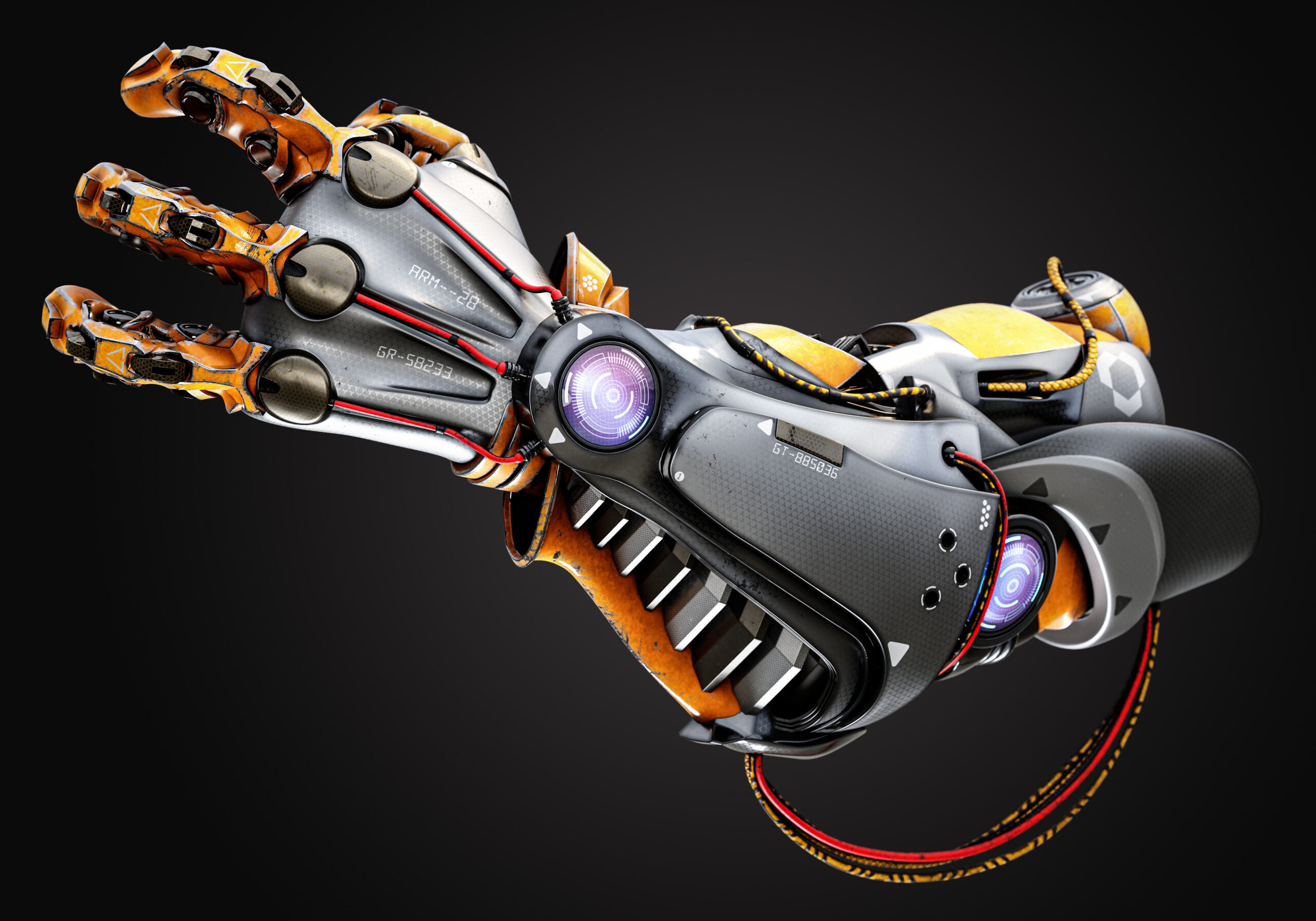Substance Painter: Professional 3D Texturing Tool
While most 3D modeling suites have texture painting tools, none are more in-depth or intuitive than Substance Painter. texture painting is included in programs for Blender, ZBrush, Mudbox, and Maya, but none are dedicated to this task.
Well, I think you understand that if you want your 3D models to have better results, you may need much 3D software to do it together. Today we will talk about the awesome texturing tool Substance Painter.
Great texturing tool
Substance Painter is known to be one of the fastest and easiest texture painting programs on the market. Thanks to Substance Painter’s user-friendliness, gentle learning curve, and large online materials database, it seems unlikely that an alternative will ever surpass it. It allows AAA developers to quickly generate realistic textures in less time, resulting in faster game turnaround times and higher quality final meshes.
The 3D texturing process can be both fun and cumbersome, depending on how familiar you are with the subject and what tools you have in your arsenal to accomplish the task. While much can be accomplished using some of the tileable textures available from CG texture providers, and creating procedural shaders is equally beneficial and effective, dedicated 3D texture applications such as Substance Painter provide you with speed and customizability not easily found in standard 3D packages.
Program Workflow
It outlines a set of rules on how to draw textures instead of drawing them by hand yourself.
For example, if you have some kind of metal object that you want to age. You can generate a mask and draw only the highest parts, such as wear and scratches. Then you can do the opposite and create rust and dirt in the cracks.
To do this in Substance Painter is easy. You can use the so-called Smart Materials. Smart Materials have all the rules already written, all you have to do is tweak some parameters and colors, simple as that! To apply it to your model, just drag and drop the material onto the model.
PBR Workflow
Substance Painter uses the PBR workflow for texturing, which is a texturing workflow that attempts to simulate real-life materials.PBR is a common workflow used by almost all major 3D modeling programs and game engines, including Blender, Maya, Unity, and Unreal Engine. This means that you will never have trouble finding a compatible program.
IRay Renderer
Substance Painter comes standard with a rendering engine called Iray Renderer, a GPU-accelerated rendering engine created by Nvidia. It is easy to use and very good.
The best thing about implementing this rendering engine in Substance Painter is that it means you don’t have to export your model to another software. Everything you need is in one convenient package.
Particle Brushes
In addition to the procedural aspects of the texturing process, Substance Painter offers some unique ways of texturing. Of particular note is the particle brush.
Particle brushes are not your usual brushes, they use particles to simulate effects that in turn affect the texture of your model. Some brushes simulate fire, so you can apply scorch marks to your model, or brushes that simulate rain to weather your model. They are really fun to use and can add some great character to your model.
These can be used to create rain, cracks, or leaks on your model. If done correctly, this can produce some super realistic junk effects. The random nature of these procedural effects combined with a range of options means you’ll never get the same effect twice!
Be careful when playing with these options. Cranking up the particle emitter generation rate too high can bog down even high-end PCs and cause some nasty software crashes.
Efficient Baking Tools
One of the most useful and powerful features of Substance Painter is its baking tool.
In games, you are often limited by how tall your models are, and if the scene becomes too dense, you will start to lose performance.
This is especially important on low spec machines.
Bake allows you to take a low polygon base mesh and use the base mesh as a template for a second high polygon mesh.
Once you have all the detail you want in your high polygon mesh, you can then bake it onto the low polygon mesh. This means that Substance will generate a normal map for you.
A normal map is a purple type of map that stores lighting data in vibrant color.
Once this map is applied to a low polygon mesh, the engine or renderer will read the normal map, which affects how light reacts to the model. This can be used to make sharp edges look smooth, or to add finer details that require a higher polygon count (a good solution).
The Bake tool can usually be found as standard in 3D software (3DS Max has one, for example). But it is usually much more streamlined than what you find in Substance.
Excellent masking tools
Masking is very useful in editing and digital art because it allows you to protect certain parts of the texture from being edited. This is useful for drawing patterns on a texture and making sure it doesn’t spill over where you want it to.
Substance Painter has several masking options. These include selecting individual polygons, selecting the material ID you set during modeling, selecting by plane color, and the standard method of painting in your masks.
These all have their uses and are important to the overall workflow.
Substance Painter is a particularly good 3D software for 3D modelers. If you master it well, it will benefit your work. Wingfox is a professional digital art education platform. There are many excellent and effective tutorials for you to learn. If you are interested, come and join Wingfox.
13 Awesome Tips for Substance Painter
Substance Painter is firmly integrated into the processes of many animation/VFX studios around the world. As a texture/look development artist…
Post a Comment
要发表评论,您必须先登录。

















Pingback: Substance Painter: Professional 3D Texturing To...
2022-04-08